42 reading sodium on food labels
How to Read a Food Label to Limit Sodium: Care Instructions On most foods, there is a Nutrition Facts label. This will tell you how much sodium is in one serving of food. Look at both the serving size and the sodium amount. The serving size is located at the top of the label, usually right under the "Nutrition Facts" title. The amount of sodium is given in the list under the title. Sodium: Look at the Label - Food and Drug Administration Sodium: Look at the Label Over 70% of dietary sodium comes from eating packaged and prepared foods Sodium and Health Diets higher in sodium are associated with an increased risk of developing
PDF Controlling Sodium and Reading Labels - Veterans Affairs 2) Check sodium content. Use food labels and packaging to help you select the lowest sodium option. If unable to buy low sodium versions, drain and rinse canned foods under running water to remove excess sodium. • Choose foods with 140 mg sodium or less per serving. • Avoid food with more than 300 mg of sodium per serving.
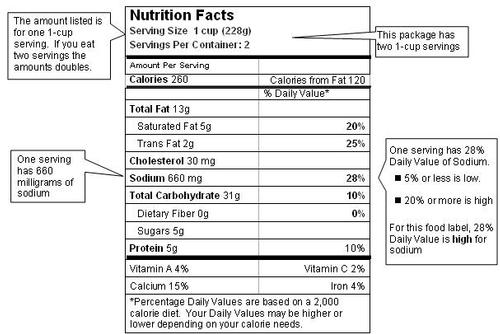
Reading sodium on food labels
What Sodium Labels Mean: A Guide to Decoding Sodium Labels Very Low Sodium: These products contain 35mg sodium or less per serving. Low Sodium: These products contain 140mg sodium or less per serving. Reduced (or Less) Sodium: This label means that the sodium level in the product has been reduced by 25 percent per serving from the original or a competitor's product. How to Decode Salt on Food Labels: Low Sodium vs Reduced Sodium vs ... These foods have at least 25% less sodium than their original version. "Light in sodium" or "lightly salted" items are reduced by 50%. Unlike low sodium foods, reduced sodium foods can still be swimming in sodium. (One reduced-sodium soup we saw packs 660 mg per serving!) Keep an eye out for reduced sodium soups, reduced sodium chicken ... Reading food labels: Tips if you have diabetes - Mayo Clinic Look for foods with fats, cholesterol and sodium on the low end of the Daily Value; keep fiber, vitamins and minerals on the high end. If your doctor or registered dietitian recommends more or less than 2,000 calories a day, you may need to adjust the percentage accordingly — or simply use the percentage as a general frame of reference.
Reading sodium on food labels. Sodium: How to Read Food Labels - Intermountain Healthcare Sodium: How to Read Food Labels. Reading food labels can help you monitor how much . sodium. you are getting in your diet. Here are some of the key parts to check: Notice the . serving size. Is that the same portion as you are eating? If your serving size increases, then the amount of sodium you eat also increases. This product has . 2 servings ... Sodium and Food Labels | Sutter Health 1 can low-salt tuna packed in water: 82 mg sodium 1/3 cup light mayonnaise: 583 mg sodium 2 medium stalks celery: 64 mg sodium 2 green onions: 4 mg sodium 1 tablespoon low-sodium sweet pickle relish: 50 mg sodium Total = 783 mg sodium Per serving (2): 392 mg sodium Add to your meal: 2 slices no-salt-added wheat bread: 20 mg sodium Pet Food Labels - General | FDA For example, a canned food guarantees 8% crude protein and 75% moisture (or 25% dry matter), while a dry food contains 27% crude protein and 10% moisture (or 90% dry matter). Which has more ... Understanding Food Nutrition Labels | American Heart Association 1 - Start with the serving information at the top. This will tell you the size of a single serving and the total number of servings per container (package). 2 - Next, check total calories per serving and container. Pay attention to the calories per serving and how many calories you're really consuming if you eat the whole package.
Why Is Reading Food Labels Important? | livestrong It's recommended that you cut back your sodium intake to less than 2,300 milligrams per day and your intake of added sugar and saturated fat to no more than 5 to 15 percent of your daily calories, according to the Dietary Guidelines for Americans 2010. Check food labels for guidance as to how to reach your goal of cutting back on these components. Sodium & Your Heart Health: How To Read Nutrition Facts On Food Labels So, learning to limit sodium consumption by reading food labels is a smart way to stay heart-healthy. How much sodium is too much? While figures can vary across medical organizations, the average moderately active person should strive to consume 1,500mg and not exceed 2,300mg of sodium per day. Understanding Ingredients on Food Labels - American Heart Association There are many terms used for sugar on food labels. You might see sugar listed as the fourth ingredient in a product and think it's not so bad. But sugar can also be listed as high-fructose corn syrup or corn syrup, agave nectar, barley malt syrup or dehydrated cane juice, to name just a few. Read more about sugar and sweeteners. PDF Read the Nutrition Facts Label for Sodium! - National Institutes of Health Sodium 125mg 5% Total Carbohydrate 9g 3% Dietary Fiber 3g 12% Sugars 4g Protein 2g Vitamin A 35% • Vitamin C 6% Calcium 2% • Iron 2% Read the Nutrition Facts Label for Sodium! Nutrition Facts labels tell you what you need to know about choosing foods that are lower in sodium. Here is a Nutrition Facts label for frozen peas and carrots ...
PDF Reading Food Labels to Look for Sodium - ksw-gtg.com Easy-to-read food labels can help you find foods low in sodium. This will help you keep track of the number of grams (g) or milligrams (mg) you consume each day. According to Food and Drug Administration regula- tions, no manufacturer can say that their product is "low-sodium" unless they can prove that claim. Your Guide to the New Food Label | National Kidney Foundation Here is a list of ingredients to avoid when reading labels: chocolate and cocoa; cheese, milk, and cream; melon, oranges, coconuts, and bananas; molasses and peanut butter; ... Many people with kidney disease must limit their use of sodium. In general, look for foods with no more than 6 to 10% of the daily value for sodium. Keep an eye out for ... Don't be salty: Reading food labels can help you lower your sodium ... The researchers estimated sodium intake with 24-hour food recalls. They also asked people about how frequently they ate salty snacks/meals and their frequency of using food labels. The study revealed that people who routinely read food labels ate an average of 93 mg less sodium per day and were less likely to eat salty snacks compared to folks ... Sodium on the Nutrition Facts Label | FDA - U.S. Food and Drug ... FDA's Education Materials Sodium in Your Diet Fact Sheet A printable backgrounder that offers the basics on sodium's health effects, easy how-to's for using the Nutrition Facts label to...
E number - Wikipedia Commonly found on food labels, their safety assessment and approval are the responsibility of the European Food Safety Authority (EFSA). The fact that an additive has an E number implies that its use was at one time permitted in products for sale in the European Single Market ; some of these additives are no longer allowed today.
How to Read Food Labels for Healthy Eating : Sodium on Food Labels ... Learn about Sodium from food labels in this free healthy living video.Expert: Brenda ThompsonContact: : Brenda L. Thompson is a...
How to Understand and Use the Nutrition Facts Label | FDA - U.S. Food ... Nutrients to get less of: Saturated Fat, Sodium, and Added Sugars. Saturated fat, sodium, and added sugars are nutrients listed on the label that may be associated with adverse health effects...
Reading Food Labels | ADA - American Diabetes Association It’s time to decode those food claims. Trying to figure out nutritional information on labels and packaging isn’t easy. The good news is that we can help. Untangle packaging claims. If you get tripped up on food content claims, you’re not alone. Fat free vs. low fat vs. reduced fat. Low ...
Microsoft is building an Xbox mobile gaming store to take on ... Oct 19, 2022 · Microsoft’s Activision Blizzard deal is key to the company’s mobile gaming efforts. Microsoft is quietly building a mobile Xbox store that will rely on Activision and King games.
Sulphites - Sources of sulphites - Food Allergy Canada Sulphites are used as a food additive and can also occur naturally in some foods. Sulphites can cause allergic-like symptoms in some individuals. Health Canada includes sulphites (a food additive) as a priority allergen. Sulphites do not cause true allergic reactions, and are generally grouped with the priority food allergens because sulphite ...
Food label language: Sodium - MSU Extension Take the time to read your labels and look at the nutrition facts to keep your sodium intake at the recommended levels. This can improve your health and the health of your family! Michigan State University Extension offers nutrition education classes for adults and youth that include information on reading food labels and making healthy choices ...
How to Read Sodium Percentages on Food Packages A "very low sodium" product must have less than 35 milligrams of sodium, while a "low sodium" product must have less than 140 milligrams of sodium. All in the Name Along with reading the...
Reading food labels: Tips if you have diabetes - Mayo Clinic Look for foods with fats, cholesterol and sodium on the low end of the Daily Value; keep fiber, vitamins and minerals on the high end. If your doctor or registered dietitian recommends more or less than 2,000 calories a day, you may need to adjust the percentage accordingly — or simply use the percentage as a general frame of reference.
How to Decode Salt on Food Labels: Low Sodium vs Reduced Sodium vs ... These foods have at least 25% less sodium than their original version. "Light in sodium" or "lightly salted" items are reduced by 50%. Unlike low sodium foods, reduced sodium foods can still be swimming in sodium. (One reduced-sodium soup we saw packs 660 mg per serving!) Keep an eye out for reduced sodium soups, reduced sodium chicken ...
What Sodium Labels Mean: A Guide to Decoding Sodium Labels Very Low Sodium: These products contain 35mg sodium or less per serving. Low Sodium: These products contain 140mg sodium or less per serving. Reduced (or Less) Sodium: This label means that the sodium level in the product has been reduced by 25 percent per serving from the original or a competitor's product.


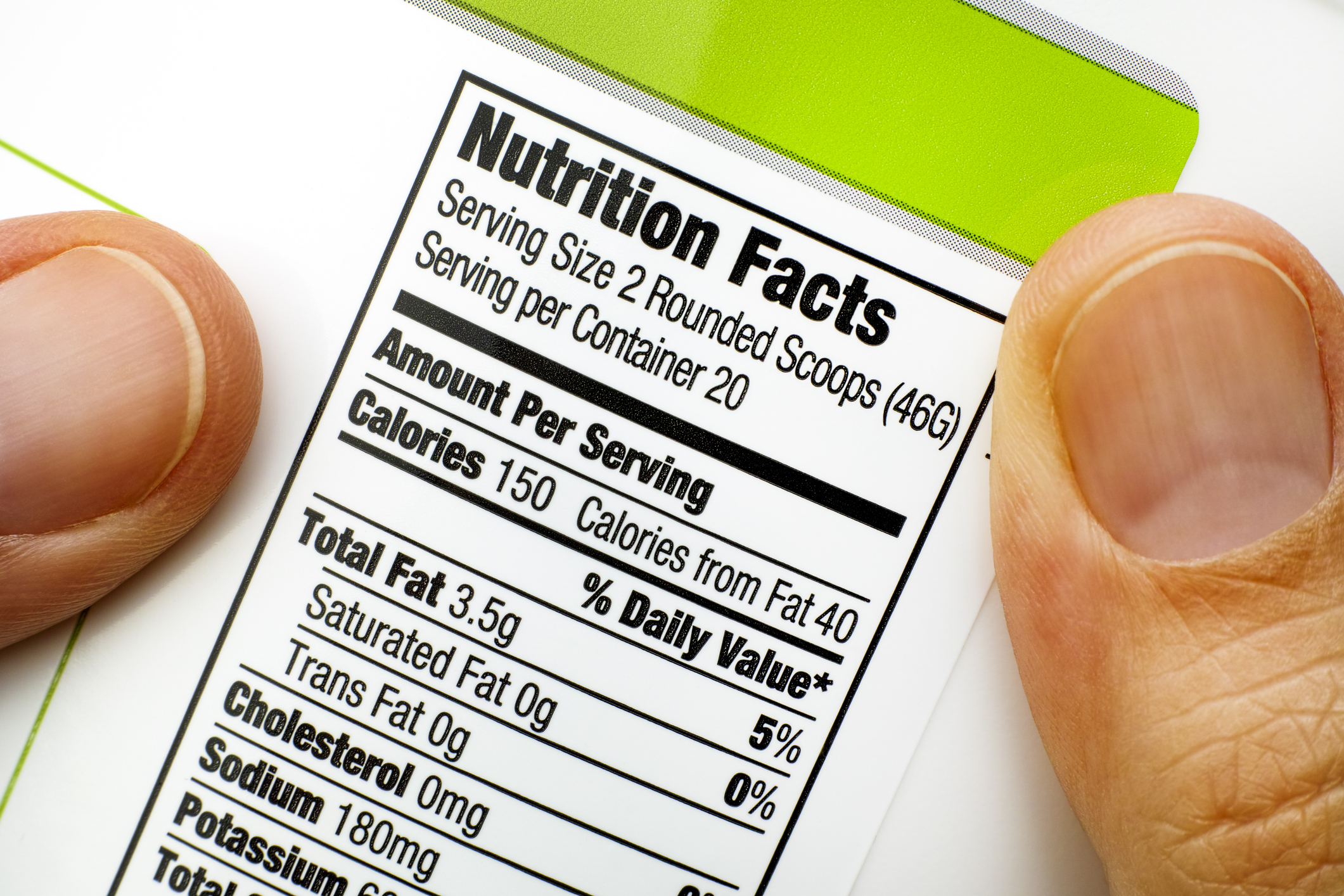





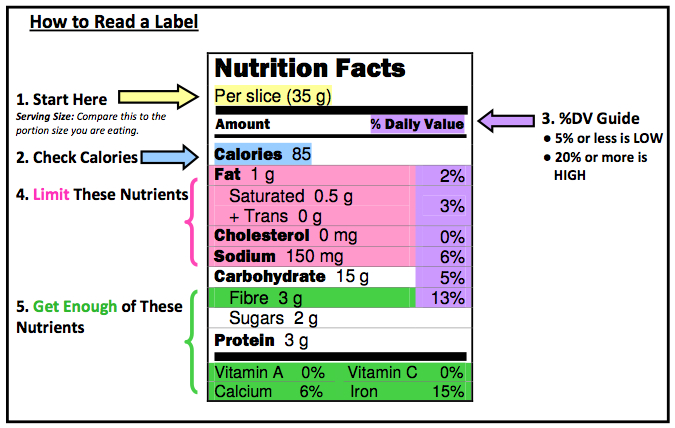
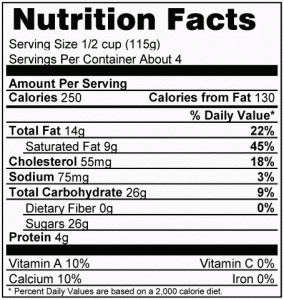
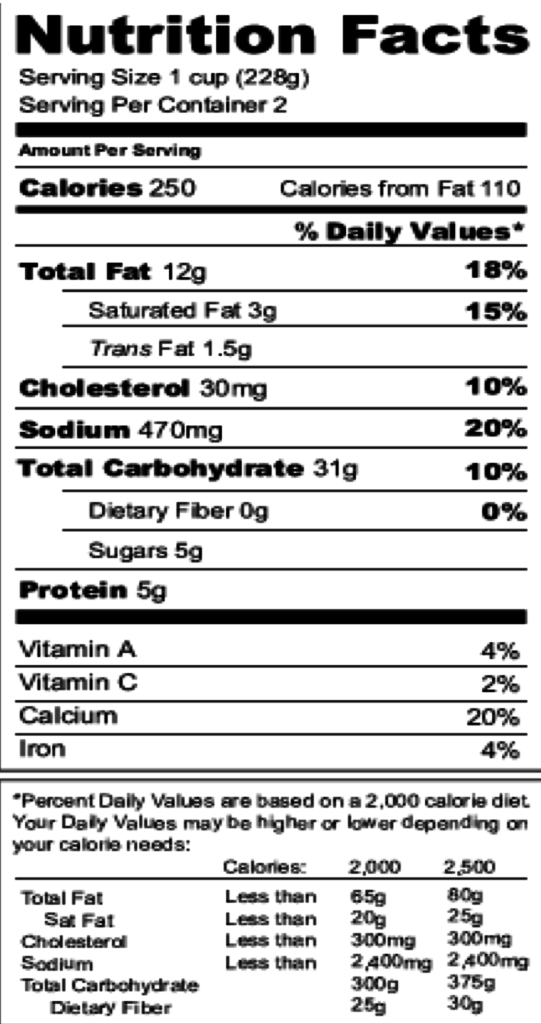








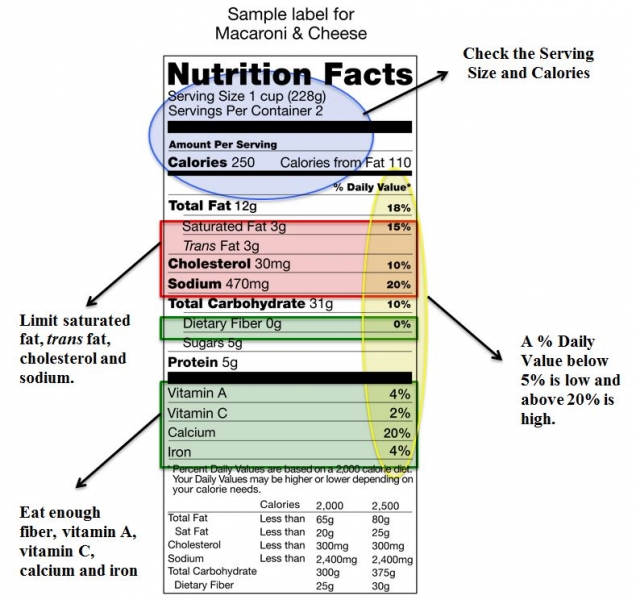






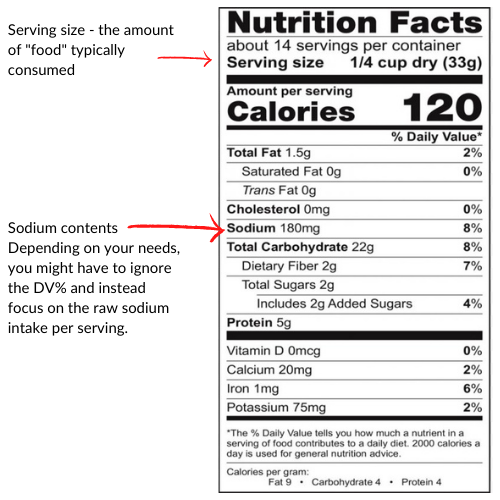
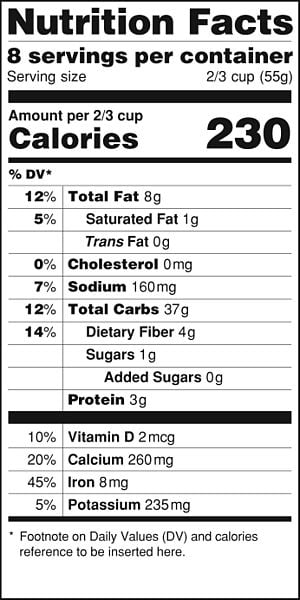

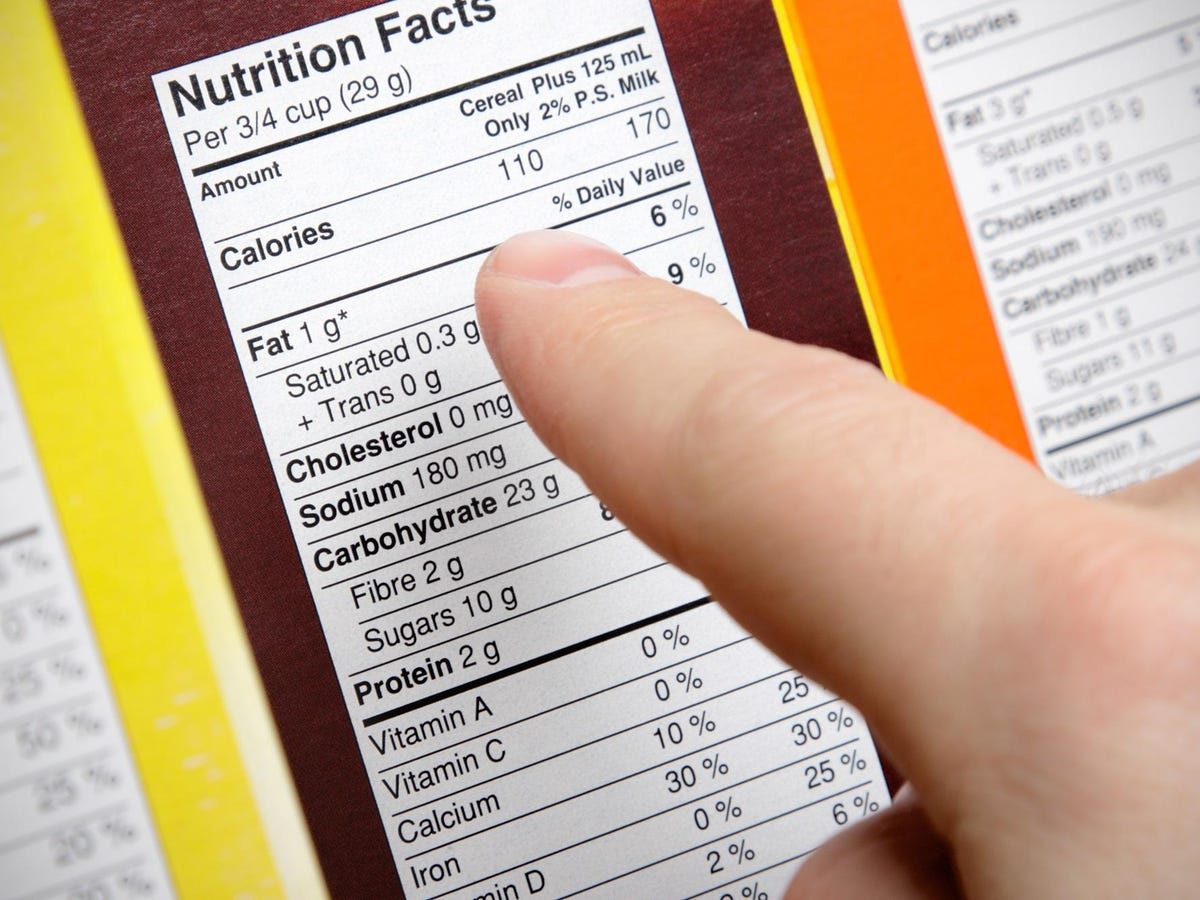

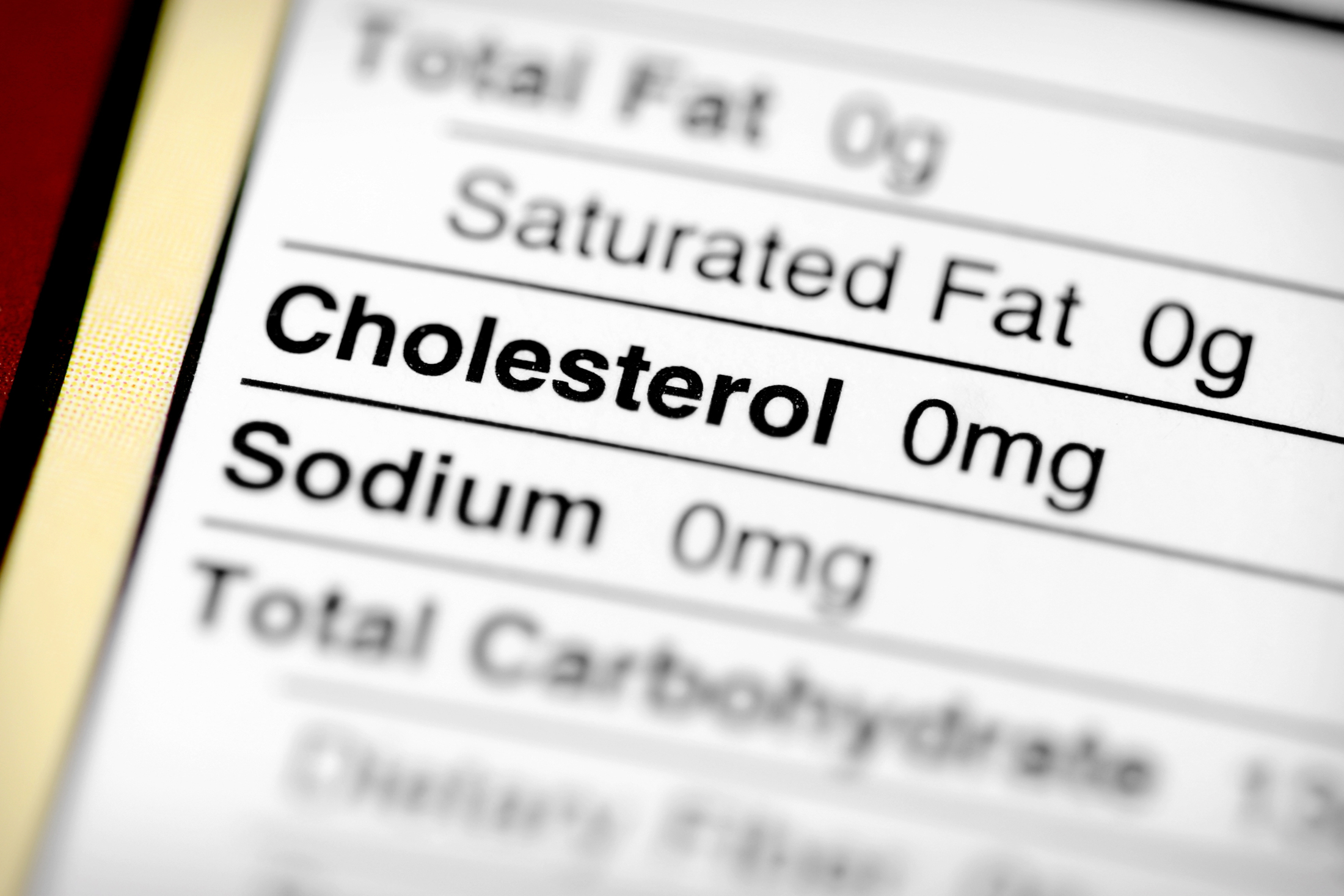
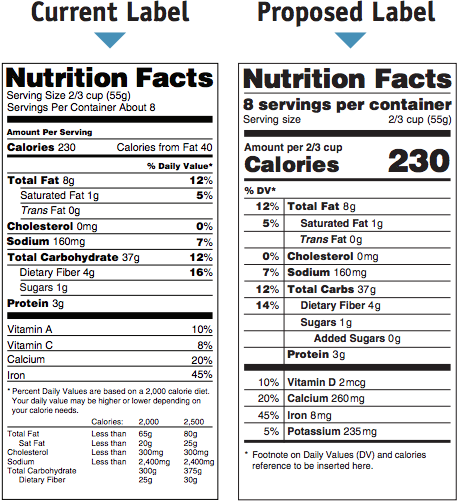
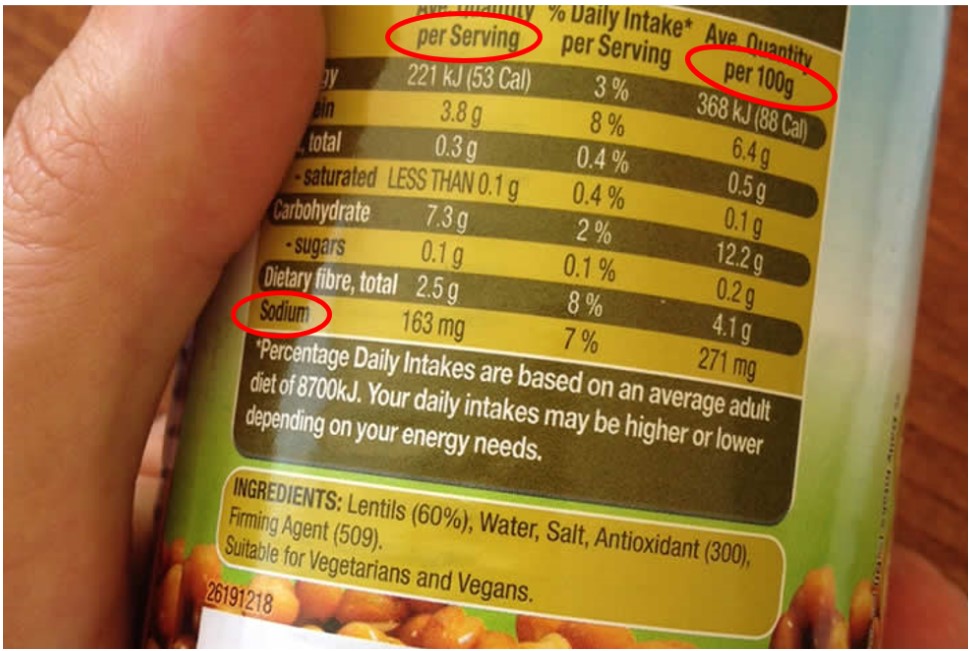
Post a Comment for "42 reading sodium on food labels"